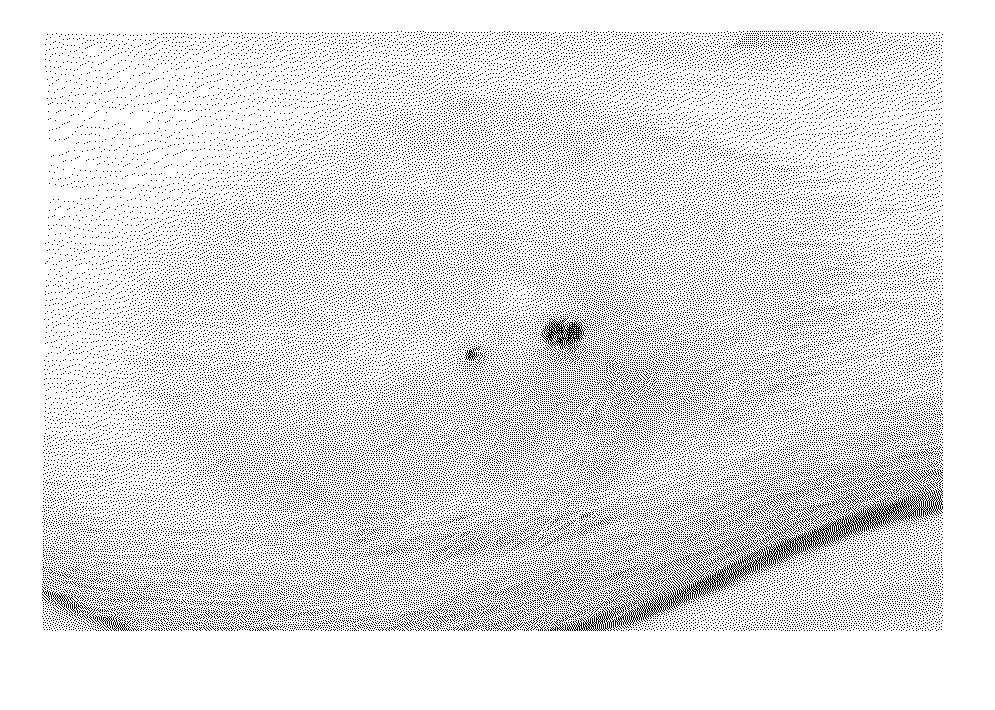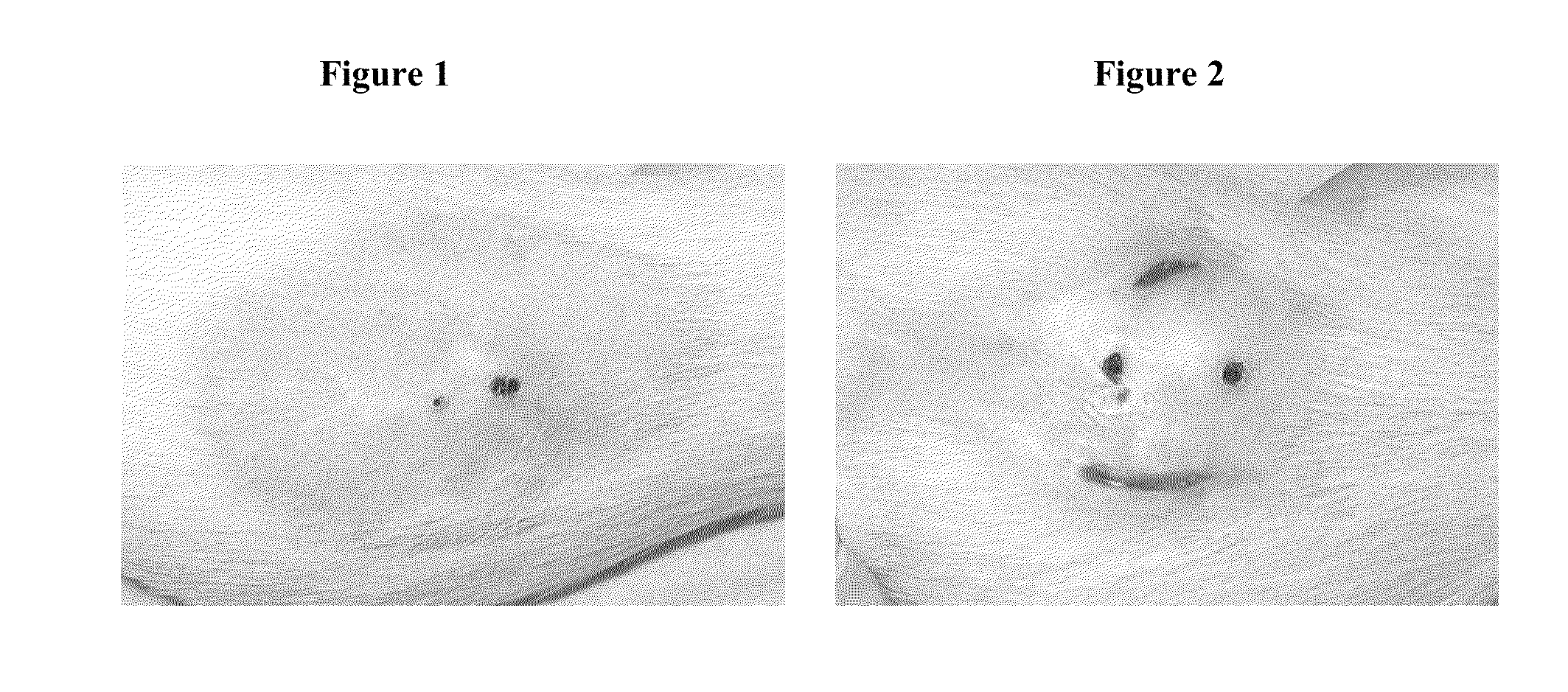Methods for promoting hair growth
a hair growth and hair technology, applied in the field of hair growth promotion, can solve problems such as the destruction of hair follicles, and achieve the effect of stimulating hair growth
- Summary
- Abstract
- Description
- Claims
- Application Information
AI Technical Summary
Problems solved by technology
Method used
Image
Examples
example 1
Preparation of AMP Cell Compositions
[0099]Recovery of AMP Cells
[0100]AMP cells were dissociated from starting amniotic membrane using the dissociation agents PXXIII, and trypsin. The average weight range of an amnion was 18-27 g. The number of cells recovered per g of amnion was about 10-15×106 for dissociation with PXXIII and 5-8×106 for dissociation with trypsin.
[0101]Method of obtaining selected AMP cells: Cells were plated immediately upon isolation from the amnion. After ˜2 days in culture non-adherent cells were removed and the adherent cells were kept. This attachment to plastic tissue culture vessel is the selection method used to obtain the desired population of cells. Adherent and non-adherent AMP cells appear to have a similar cell surface marker expression profile but the adherent cells have greater viability and are the desired population of cells. Adherent AMP cells were cultured until they reached ˜120,000-150,000 cells / cm2. At this point, the cultures were confluent....
example 2
Generation of ACCS
[0102]The AMP cells are used to generate ACCS. The AMP cells were isolated as described herein and 1×106 / mL cells were seeded into T75 flasks containing 10 mL culture medium. The cells were cultured until confluent, the medium was changed and ACCS was collected 3 days post-confluence. Skilled artisans will recognize that other embodiments for collecting ACCS from confluent cultures, such as using other tissue culture vessels, including but not limited to cell factories, flasks, hollow fibers, or suspension culture apparatus, are also contemplated by the methods of the invention. It is also contemplated by the instant invention that the ACCS be cryopreserved following collection. It is also contemplated that the ACCS be lyophilized following collection. It is also contemplated that the ACCS be formulated for sustained-release following collection.
example 3
Detection of Growth Factors and Cytokines Important in Promoting Hair Growth
[0103]To determine which growth factors and / or cytokines important in promoting hair growth may be secreted by the AMP cells of the present invention, ACCS was isolated from cell cultures as described above.
[0104]The ACCS was analyzed for secreted factor content via antibody arrays, ELISA, multiplex and mass spectroscopy assays.
[0105]Results
[0106]The following relevant factors were detected via antibody arrays, ELISA or multiplex assay in ACCS: bFGF (FGF2), PDGF, KGF (low), IGF-1 (low). Thymosin β4 was detected by mass spectroscopy.
PUM
| Property | Measurement | Unit |
|---|---|---|
| concentration | aaaaa | aaaaa |
| concentration | aaaaa | aaaaa |
| weight | aaaaa | aaaaa |
Abstract
Description
Claims
Application Information
 Login to View More
Login to View More - R&D
- Intellectual Property
- Life Sciences
- Materials
- Tech Scout
- Unparalleled Data Quality
- Higher Quality Content
- 60% Fewer Hallucinations
Browse by: Latest US Patents, China's latest patents, Technical Efficacy Thesaurus, Application Domain, Technology Topic, Popular Technical Reports.
© 2025 PatSnap. All rights reserved.Legal|Privacy policy|Modern Slavery Act Transparency Statement|Sitemap|About US| Contact US: help@patsnap.com


